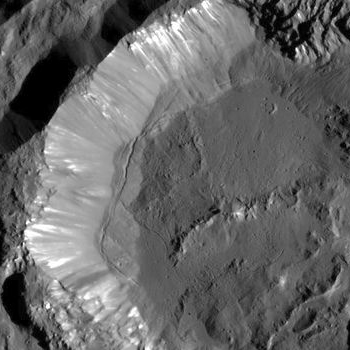The Falcon 9 first stage almost landing
I can’t resist. I have to post that video here of the Falcon 9 first stage landing and then falling over from Sunday. You can see it below the fold. It is incredibly impressive, because it shows that the stage actually did succeed in landing, though a failure of some kind afterward caused it to tip over. The company says it was the failure of one landing leg, but if you watch the video you can see that the angle of fall is between two legs, which suggests that the cause was more complicated.
Nonetheless, don’t be surprised if by the end of 2016 SpaceX is successfully landing its first stages on every launch.
» Read more
I can’t resist. I have to post that video here of the Falcon 9 first stage landing and then falling over from Sunday. You can see it below the fold. It is incredibly impressive, because it shows that the stage actually did succeed in landing, though a failure of some kind afterward caused it to tip over. The company says it was the failure of one landing leg, but if you watch the video you can see that the angle of fall is between two legs, which suggests that the cause was more complicated.
Nonetheless, don’t be surprised if by the end of 2016 SpaceX is successfully landing its first stages on every launch.
» Read more


